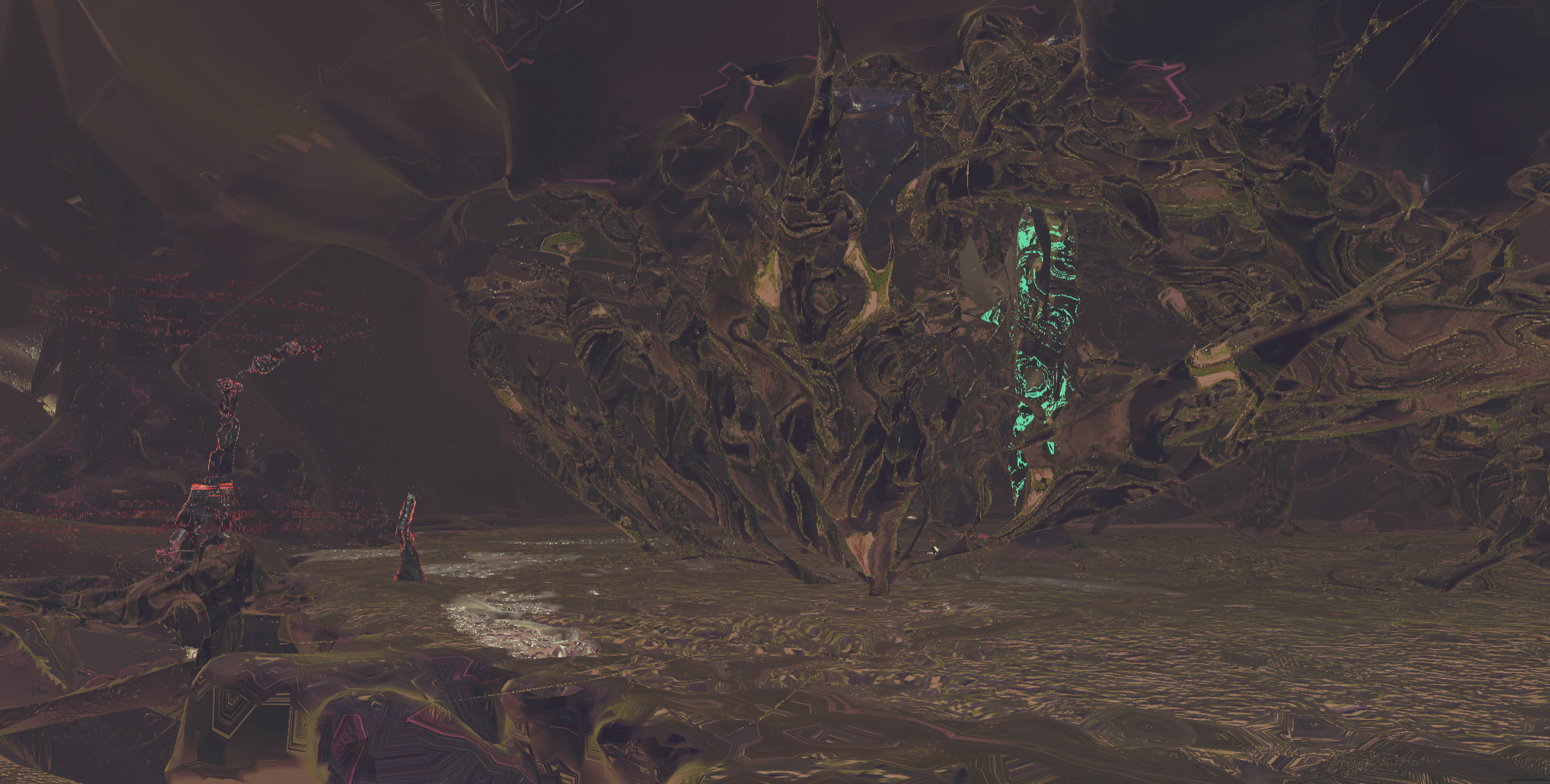Postdigital Neobaroque Transmedia – PDNB
As part of an ongoing process of diversification, as well as a contribution to the decentralisation and democratisation of the digital, Triopic Spectacle* seeks to dissolve the hierarchies between the real and the potential – a radical concept that can be traced back to 17th century baroque thinking.
Exhibition date: 09.09.2021 – 12.09.2021
VIRTUAL REALITY via Mozilla Hubs
Join the global VR domain, an interactive and online based social space that allows you as the online user to interact with the real and mixed reality space at Ars Electronica.
Click the Link below or join via Roomcode:
581917

About TRIOPIC SPECTACLE at Ars Electronica Festival 2021
The transmedial installation challanges the outdated, myopic, binary thinking of local/global, 1s/0s, individual/collective, real/virtual, analogue/digital, natural/artificial by creating a series of reciprocal windows, bridges, interfaces, portals and glitches between three ´triopic´domains.
Real Reality: The local space. A physical installation with haptic, robotically 3D-printed and ML-developed architectures, large-scale decorated objects that fit into the existing natural enviroment (e.g. trees) that can be experienced by ´passers-by´. They can also interact with a collaborative robotic arm that records the enviroment in real time. The resulting dataset is converted into vector information via the digital-analogue interface and digitally processed. The flucation between analogue and digital creates a glitch that results in a time delay. In this way, visitors experience the movememts that have already taken place and receive real-time feedback through a camera on the robot´s head. This step towards intuitive human-machine cooperation scenarios is referred to as ´Cobotic´.
Mixed Reality: The local VR space. A virtual, spatial, borderless, multi-user visual space that reinterprets the acanthus leaf ornament (a quintessential imitation of nature in architecture) and extends it into a space of immersive visual, haptic and acoustic experiences for ‘visitors’ with VR headsets (available on site). Here, users can also interact with the avatar of the robotic arm, which can also transcend its own technological, machine-like nature and become an integral part of the design environment. In the digital space, the visitors’ movements are processed exclusively digitally. This allows interaction with the robot in the most direct way and without time delay – a future-oriented step towards intuitive human-machine cooperation scenarios.
Virtual Reality: The global VR space. An interactive and online-based ML-developed social space (in Hubs by moz://a). This allows ‘online users’ to interact with the real and mixed real spaces of the installation in ‘Kepler’s Garden’ at Johannes Kepler University Linz, thanks to an embedded ecosystem of cameras and projectors on site and virtual cameras online. This space acts as an extended gallery and offers more information about the project, the ideas, the team and the location. Users can leave comments and feedback and actively contribute to the digital space, leaving traces in the real world on site.

Project Process
Ars Electronica Festival 2021
































____ Project Team
Project lead
Univ.-Prof. DI Marjan COLLETTI, MArch., PhD
Team
Andreas KÖRNER, Catalina TRIPOLT, Clara JASCHKE, Julian EDELMANN, Kilian BAUER, Mümün KESER, Oliver HAMEDINGER, Peter MASSIN, Theresa UITZ
in cooperation with: REX|LAB
and a generous support from: Architektur Werkstätte Universität Innsbruck
____ Social Media
____ funding by:

FWF Der Wissenschaftsfonds



